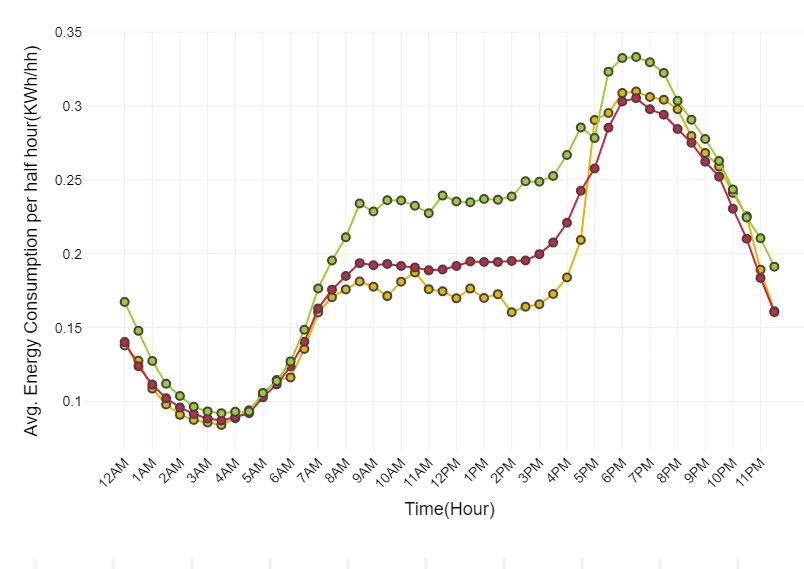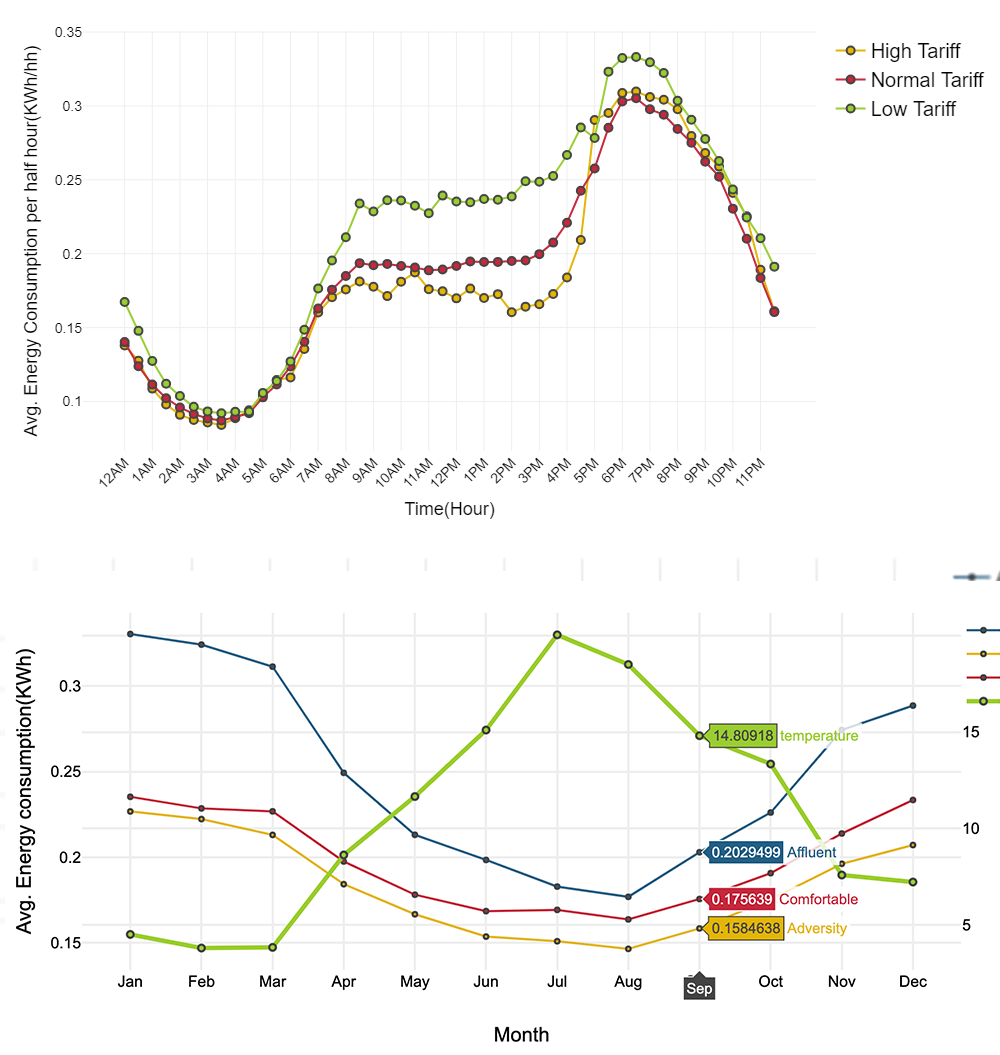Smart Grid Short Term Load Forecasting with RNNs
The use of renewable energy sources, presented as viable substitutes to fossil fuels, is on the rise. However, the inherent variability and uncertainty in generating green energy presents challenges fossil fuels, which can be burned on demand, do not have. With the increased use of renewables, new methods to forecast energy demand will be paramount to anticipate production needs to adjust green energy production and storage. Currently, energy forecasting can be done on-the-fly, as smart grids collect analytics at a sub-minute level. However, the models currently in use are quickly becoming obsolete as green energy volatility increases, which is where this project steps in.
To address this issue, I:
• Examined 3 power load datasets to understand their nature (stationarity, seasonality, and autocorrelation) and prepared the data for modeling, namely through min-max scaling and sliding windows.
• Trained and tuned GRU and LSTM models in order to achieve a minimize loss on performance metrics.


Summary
Green energy is the future, but it is also much more unpredictable than fossil fuels. I created a machine learning architecture that accurately forecasts day-ahead power demands within an acceptable margin of error using recurrent neural networks (RNNs).
